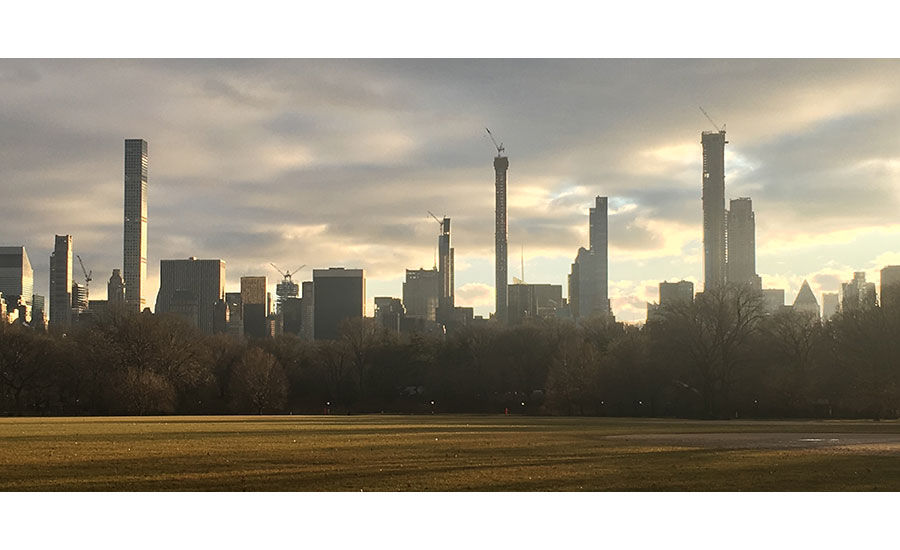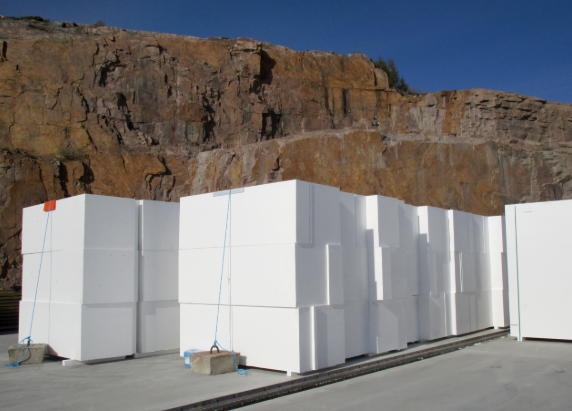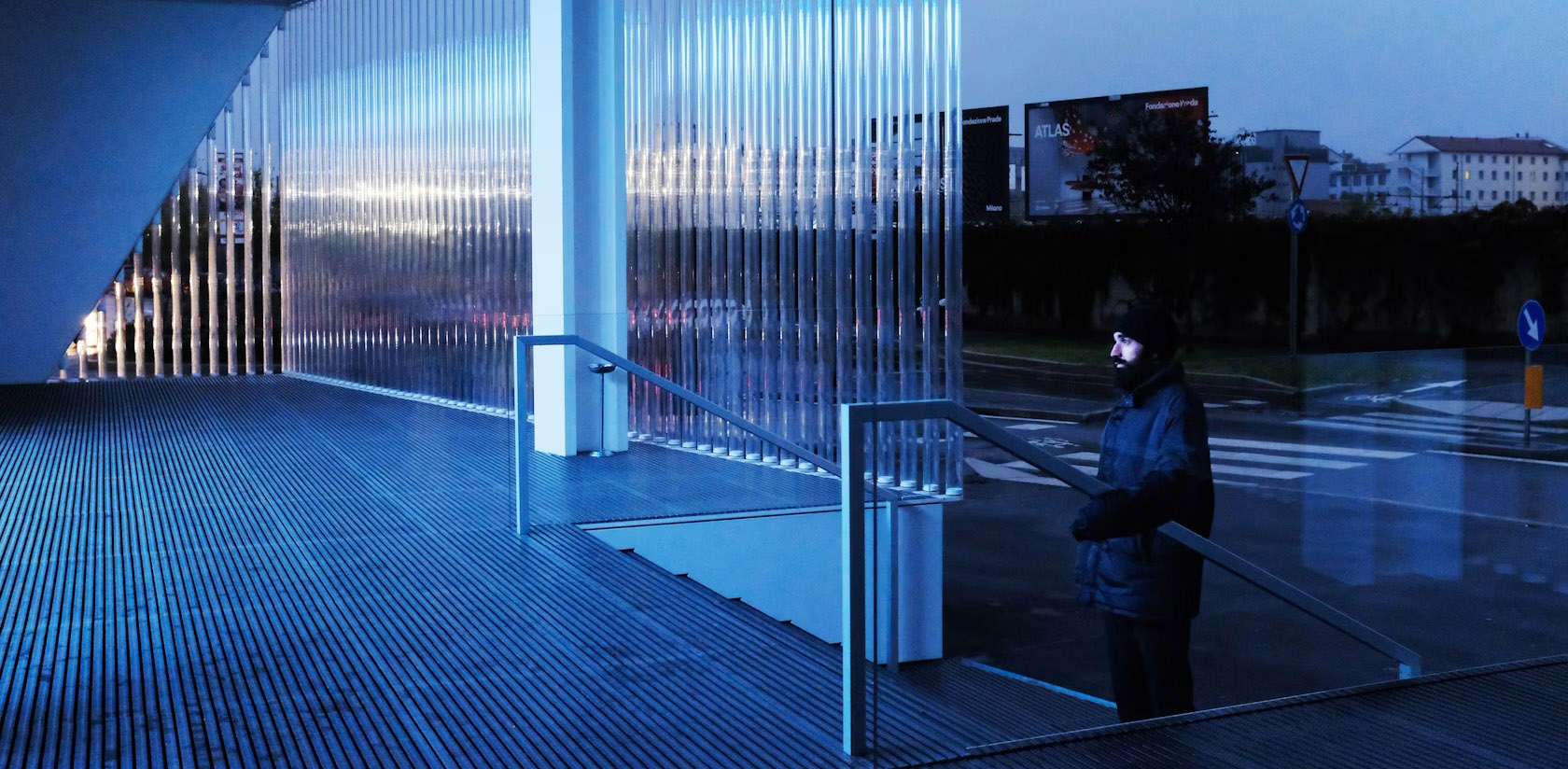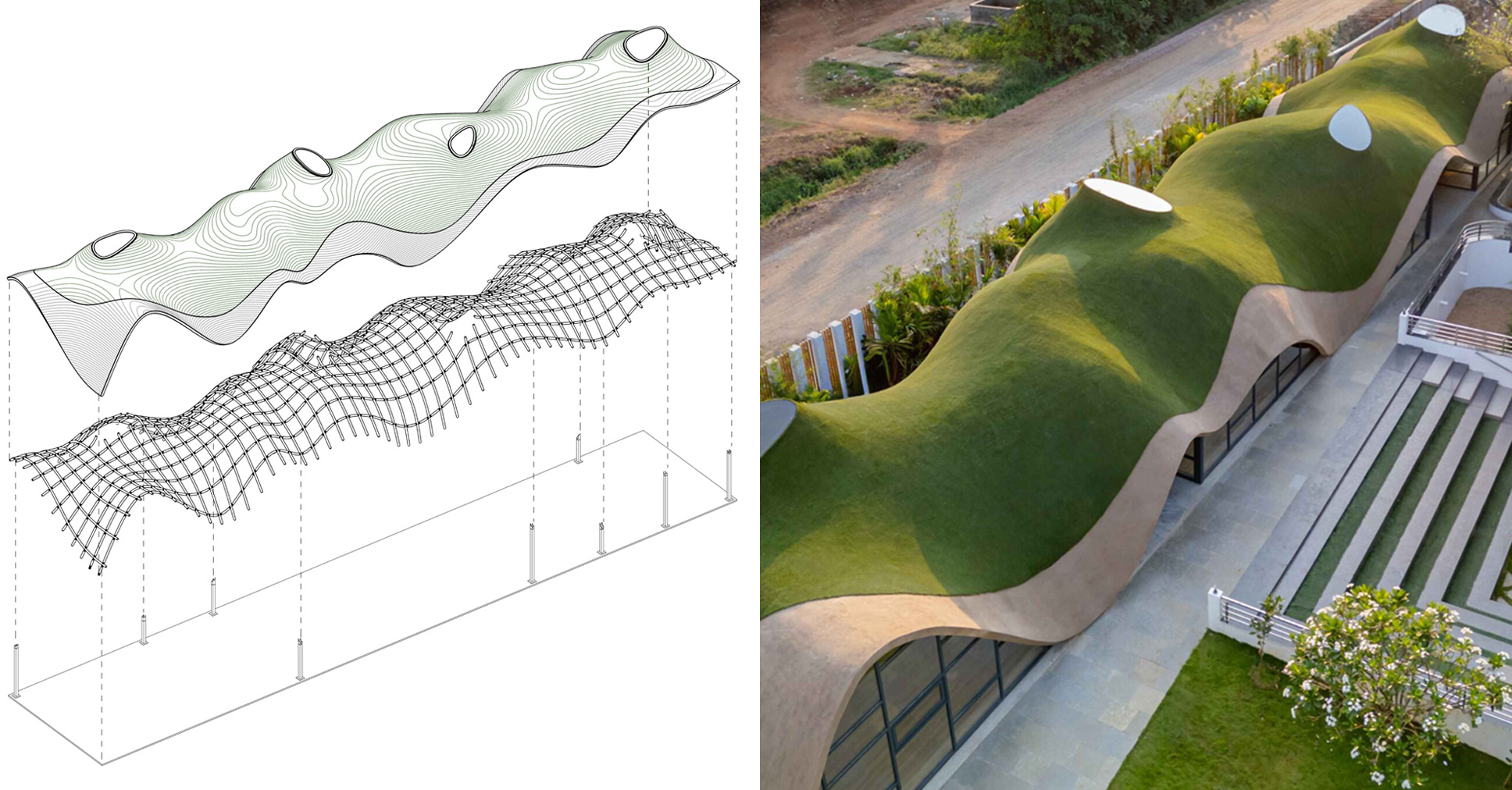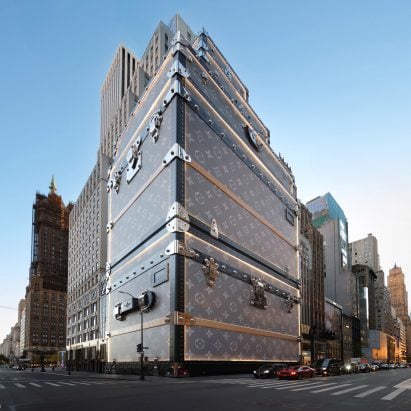"A repeat of the autonomous car hype-cycle of a decade ago is on the cards"
Tesla's recently unveiled robotaxis are part of a wave of renewed enthusiasm for self-driving cars, but autonomous vehicles will not solve the problems faced by our transport systems, writes Paris Marx. On October 10, Elon Musk took to a stage erected on a movie set on the Warner Bros Studios lot to declare that Tesla's The post "A repeat of the autonomous car hype-cycle of a decade ago is on the cards" appeared first on Dezeen.

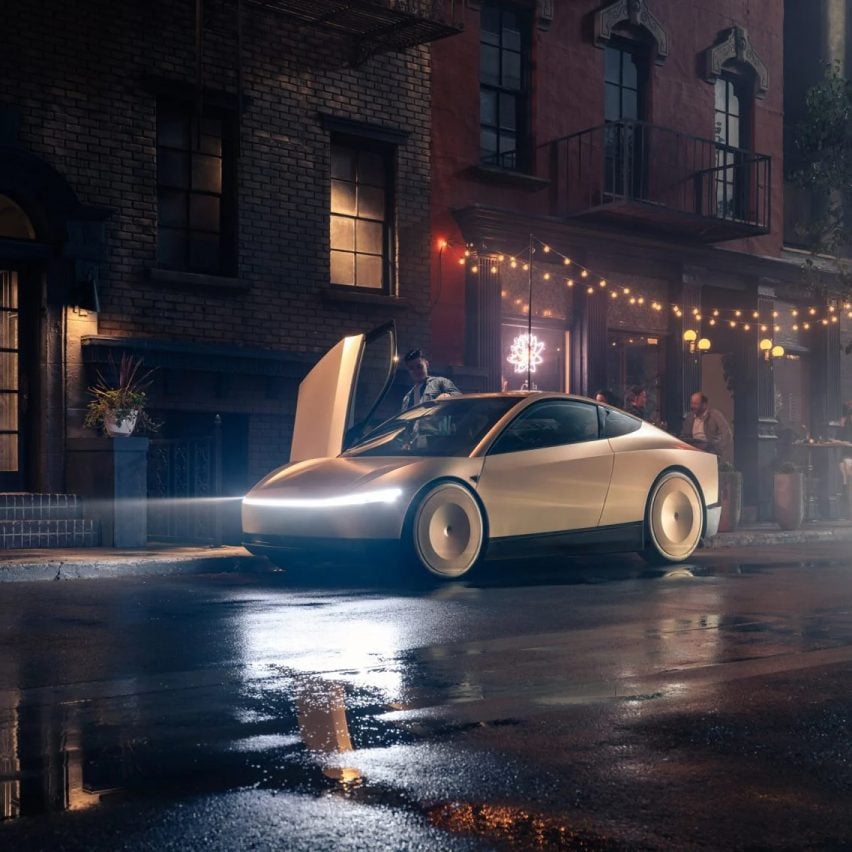
Tesla's recently unveiled robotaxis are part of a wave of renewed enthusiasm for self-driving cars, but autonomous vehicles will not solve the problems faced by our transport systems, writes Paris Marx.
On October 10, Elon Musk took to a stage erected on a movie set on the Warner Bros Studios lot to declare that Tesla's robotaxis are finally here. Small cars without steering wheels or brake pedals plied the controlled streets of the fake city, giving investors and some of Musk's biggest fans a supposed glimpse into the future.
But the Cybercab won't be hitting the roads anytime soon. Despite the splashy event, Musk admitted he doesn't expect the vehicles to enter production until at least the end of 2026, and that's if he can keep to his promised timeline – something he doesn't have the greatest track record of doing. Fans of the company have been waiting since 2017 for the updated Tesla Roadster and everything from the Cybertruck to the Semi have run into serious production issues and delays.
Self-driving cars are back in vogue these days
Musk made the big robotaxi announcement because he needs a reason to keep people interested in Tesla, and because self-driving cars are back in vogue these days. Companies are pushing to expand on-road tests and boosters are claiming they're about to transform the way we'll all get around. But it's hard not to feel like a repeat of the hype-cycle of a decade ago is on the cards.
A little over 10 years ago, Google co-founder Sergey Brin took the stage at the Code Conference to make a big announcement: Google was making a self-driving car. The small white pod had two seats, lacked a steering wheel or pedals, and Brin claimed it was the future of mobility. Tech journalist Kara Swisher declared it was "delightful" and "conceptually where things are going".
If you were reading coverage of tech and transportation back in those days, excitement about the future that autonomous vehicles were supposed to be ushering in was everywhere. Automakers like Tesla and General Motors, along with tech companies like Google and Uber, were investing in efforts to accelerate the technology.
Those companies were pushing a narrative that computer-driven cars would start taking over in the matter of a few years and since computers were so much better than humans – or so they claimed – they'd also solve traffic, road deaths, transport inequity, and so many of the other problems facing cities.
But as the years passed, all those benefits failed to materialise. Musk kept pushing back his timelines, such that self-driving mastery always seemed two years away, and Google cancelled its self-driving pod in 2017.
When an autonomous vehicle operated by Uber killed a pedestrian in Arizona in March 2018, the hype around the technology finally suffered a fatal blow. Self-driving ambitions were reined in, Uber sold off its division completely a few years later, and the notion that autonomous cars were going to usher in a transport utopia receded. But the damage had been done.
Self-driving software was supposed to allow cars to finally replace transit once and for all
Many of the biggest promoters of the self-driving vision of the future were clear that they weren't meant to coexist alongside public transit; they were meant to replace everything. In 2017, Musk told Wired: "I think public transport is painful. It sucks".
He claimed there could be serial killers sitting next to transit riders, and said he preferred "individualised transport" – or cars. In his view, self-driving software was supposed to allow cars to finally replace transit once and for all – regardless of the skepticism many transport experts expressed about his plans.
But it wasn't just a problem of tech billionaire statements. As the hype around self-driving cars grew, right-wing groups like Americans for Prosperity, which was funded by the Koch brothers, deployed the promise and inevitability of driverless cars to oppose initiatives to expand and improve transit systems across the United States.
In their framing, buses and light rail were outdated and wasteful, since self-driving vehicles were just a few years away. Meanwhile, Musk's vision for a hyperloop train was used as part of the campaign to oppose California high-speed rail and executives from The Boring Company went around the US pitching car tunnels as as an alternative to transit projects.
All the while, the problems self-driving cars were supposed to solve were getting worse. In the United States, the number of people killed in automobile crashes has risen since the mid-2010s, with almost 41,000 people losing their lives in 2023. That increase has been particularly acute among pedestrians, with 7,500 being killed in 2022 alone – a number not seen in decades.
The average American was also losing more and more time stuck in traffic until the pandemic hit in 2020. Since then, the number of hours US drivers spend in traffic has dropped, but self-driving cars had nothing to do with it.
Technology doesn't solve what are inherently political problems
There's a clear similarity between the mid-2010s and our current moment: they were both times when the hype around artificial intelligence and automation were ascendent, if not reaching a fever pitch. A decade ago, the story was that rapid advances in AI and robotics were about to wipe out millions of jobs – maybe even half of all jobs in the United States – and self-driving cars played into that story.
Within a few years, taxi drivers, truck drivers, and delivery drivers were supposedly going to find themselves out of work as the computers took over. But the technology didn't advance to that level and the predicted widespread job losses didn't materialise.
Today, we're in a similar place. The explosion of generative AI a couple years ago has created an environment where it's easy to sell a similar story of the inevitability of self-driving cars all over again.
There's no question we're slowly starting to see more of them on the streets, but that doesn't mean they're going to be ubiquitous anytime soon – if ever – nor will they solve the entrenched problems in our transport system.
Technology doesn't solve what are inherently political problems. The deaths on our roads and the time we spend stuck in traffic or waiting for an infrequent bus are not because we're using the wrong technology. They're the result of choices we've collectively made for how to organise our transport system and give cars primacy over everything else.
Addressing those challenges requires dealing with the difficult politics of why that happened, not holding out false hope that a quick technofix will solve it.
Paris Marx is a technology journalist and critic who has written for Time, Wired and NBC News. He is the author of Road to Nowhere: What Silicon Valley Gets Wrong about the Future of Transportation and hosts the podcast Tech Won't Save Us.
The image is courtesy of Tesla.
Dezeen In Depth
If you enjoy reading Dezeen's interviews, opinions and features, subscribe to Dezeen In Depth. Sent on the last Friday of each month, this newsletter provides a single place to read about the design and architecture stories behind the headlines.
The post "A repeat of the autonomous car hype-cycle of a decade ago is on the cards" appeared first on Dezeen.
What's Your Reaction?










